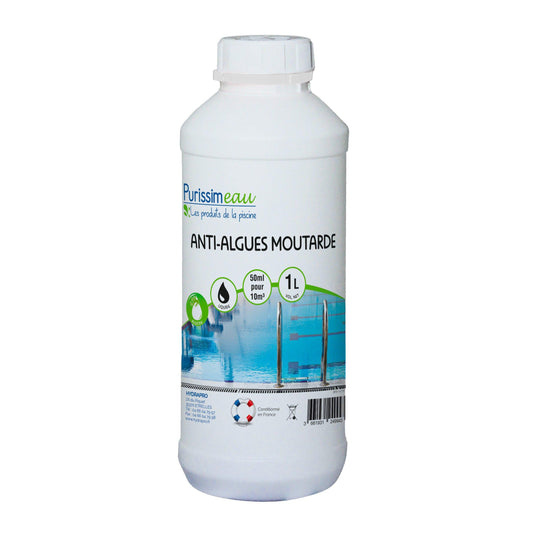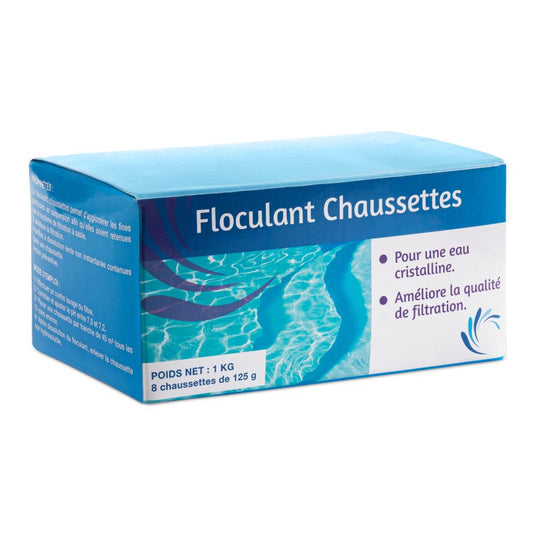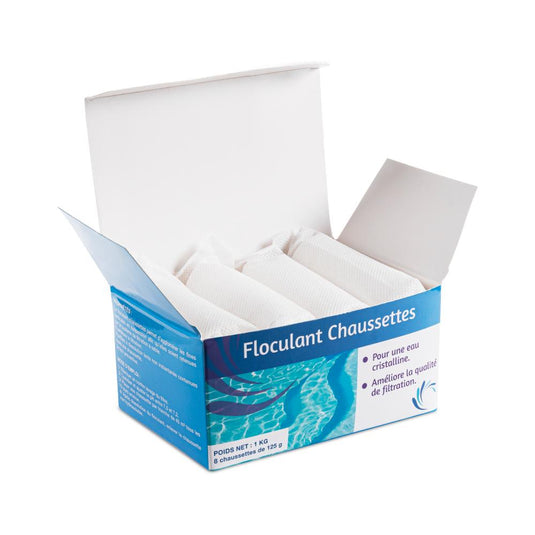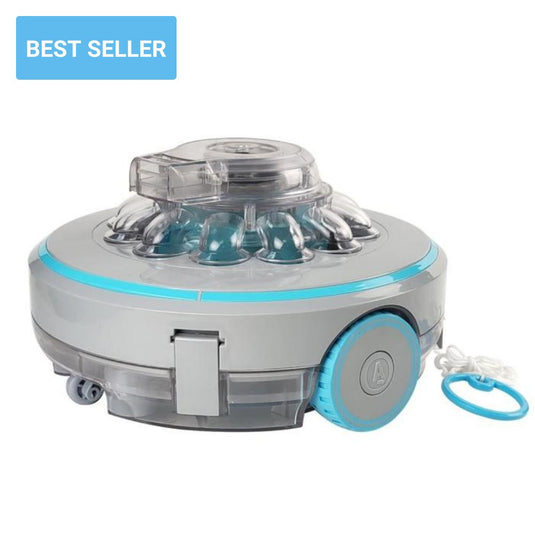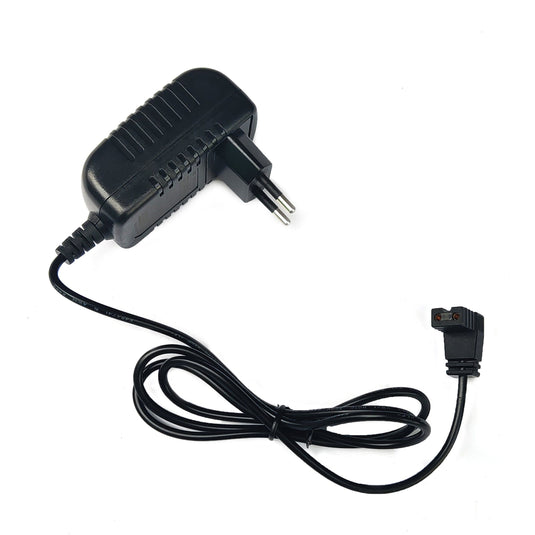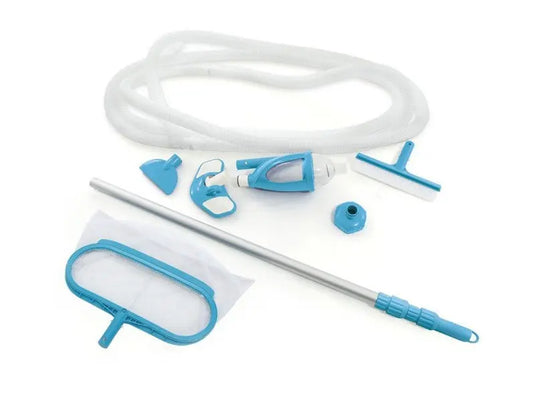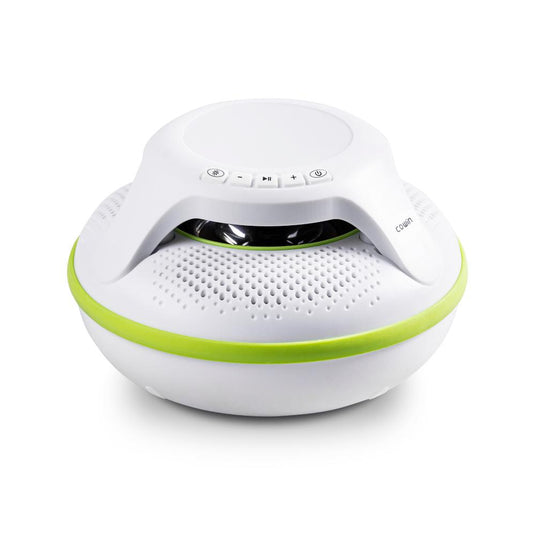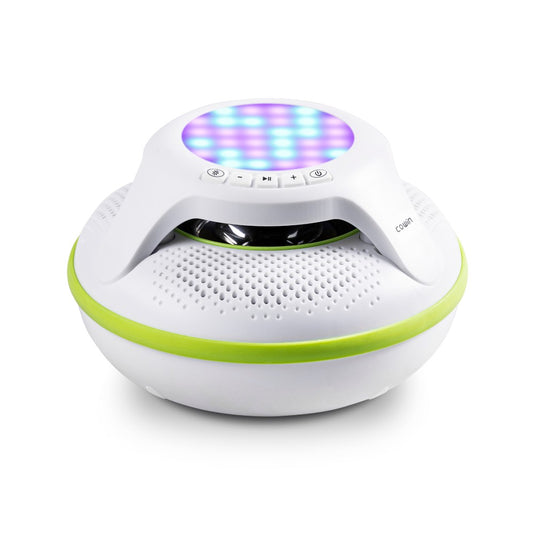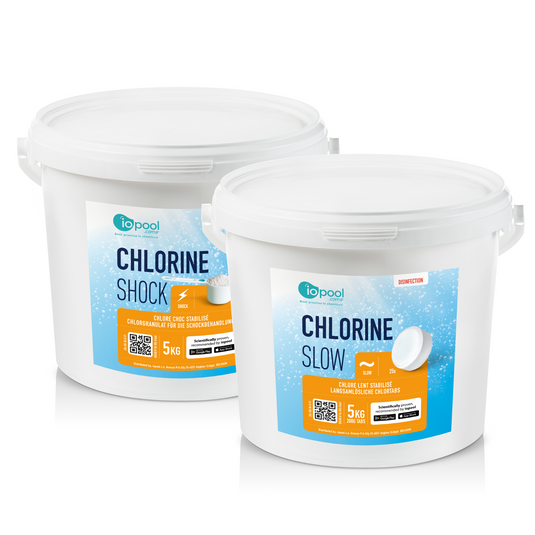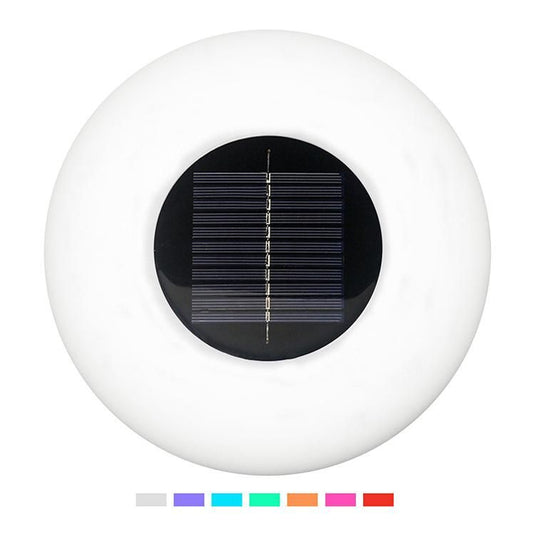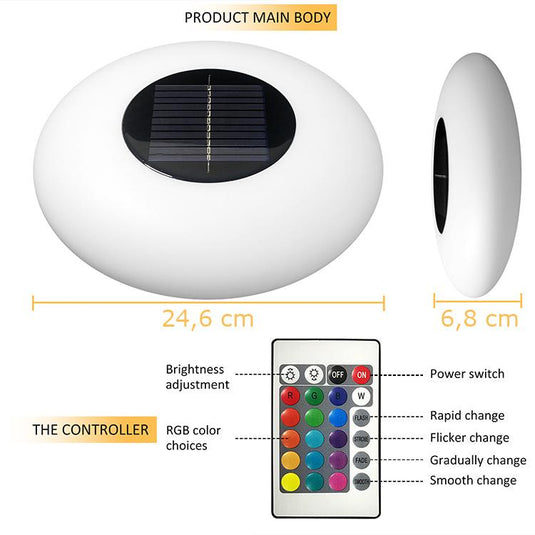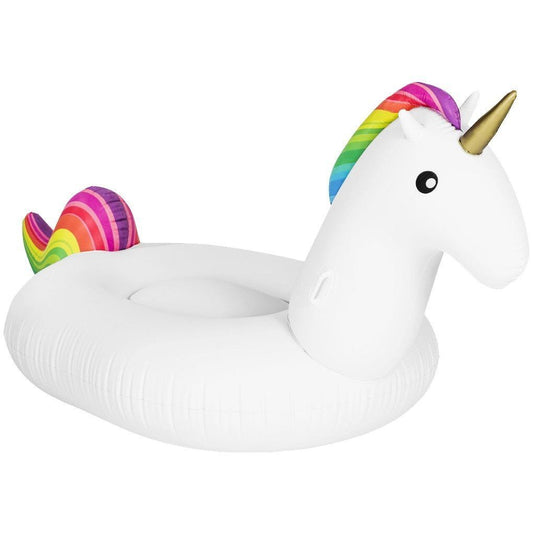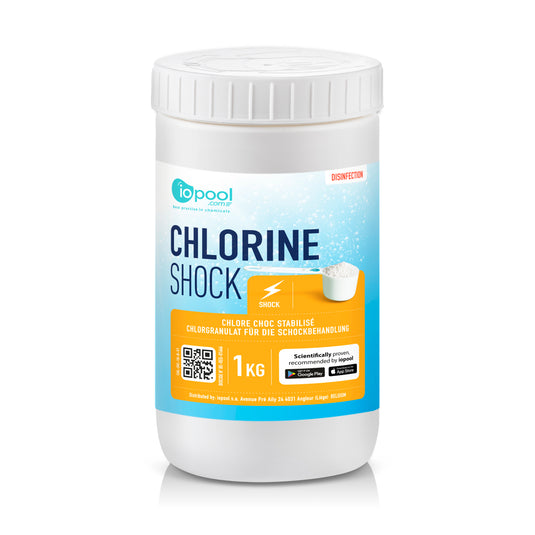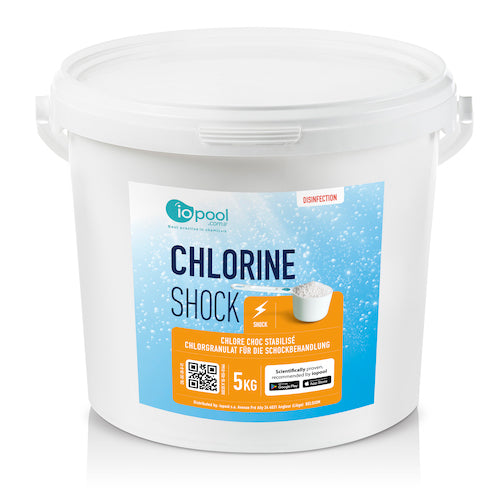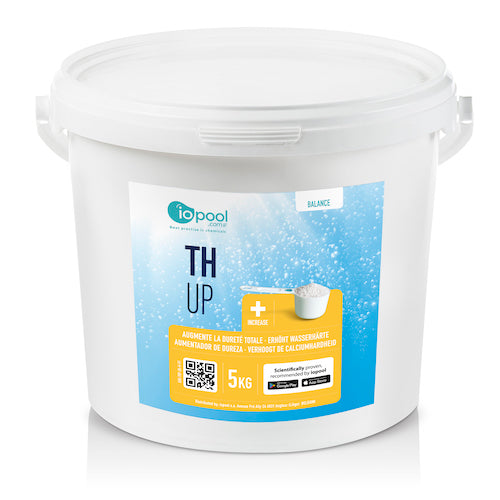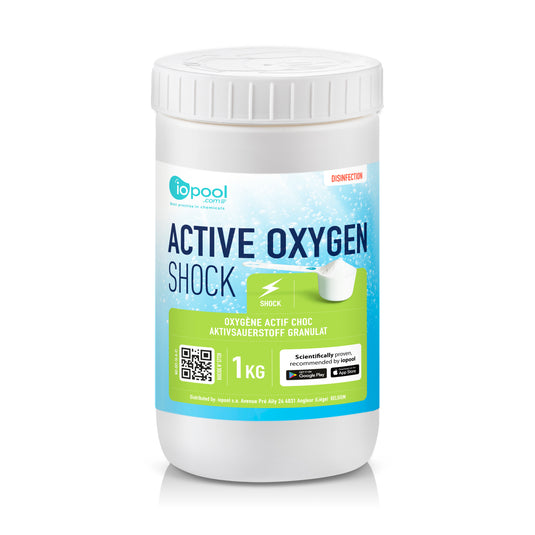Backwash: Everything you need to know
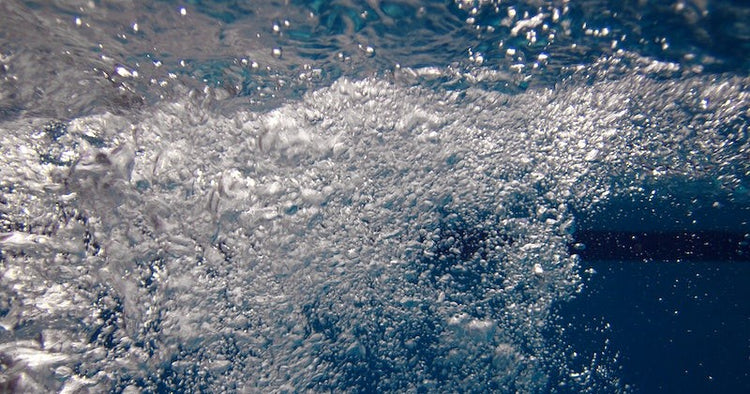
What is backwash, and why is it important? Today we will dive into the basics of backwashing and how you can do it to ensure optimal pool water health.
Your filter catches junk and ensures that it doesn't contaminate your water. But, if your filter isn't cleaned properly, it can't do its job. This is why it is so important to give your filter a backwash.
What is pool backwash or backwashing?
You have probably heard of "backwashing a pool filter" or "backwashing a pool," but both are the same procedure. When you backwash a pool, you are reversing the flow of water through the filter system to remove the accumulated dirt and debris in the filter.
To backwash a pool, you will need to locate the valve that controls the flow of water through the filter and switch it to the "backwash" setting. Then, the pump will push the dirty water out through the backwash hose, and you will need to direct the hose away from the pool to a drain or other suitable location. Once the water is clear, you can switch the valve to the "filter" setting and resume operation.
The amount of time you will need to backwash your pool depends on the size of the filter and the number of debris in your pool.
Why should you backwash your pool?
Backwashing your pool is essential because it helps keep your pool clean and clear. It removes dirt, debris, and other contaminants from the filter system, so the water stays clean and clear. It also helps keep your pool's pH levels balanced, which helps prevent algae growth and other water-borne illnesses.
Not to mention, backwashing makes pool maintenance simple. The process cleans your filter without requiring you to pick out the sand — which can be annoying and dangerous. Finally, backwashing extends the life of your filter, so you'll save money on filter replacements.
When do you need to backwash your pool?
Backwashing a pool should be done regularly, typically once a month or when the pressure gauge on the filter system reads 8-10 PSI (pounds per square inch) higher than the starting pressure.
This will help to ensure that the filter system is operating efficiently. It's also a good idea to backwash the pool after heavy rain, as this will help to remove debris that has built up in the filter system.
Although we can backwash your pool before the pressure hits the 10 psi or over mark, we recommend waiting it out. Why? A little dirt or debris helps your sand or D.E. filter function better.
Those tiny bits of debris help to catch other particles and prevent them from getting through the filter and entering your pool. Yes, a clean filter is good, but a slightly dirty one is not a cause for worry.
How to backwash a sand filter?
Backwashing is straightforward, but you must follow the proper steps to avoid filter damage. Here's how to properly backwash your sand filter:
- First, make sure that your pool is at its normal operating level.
- Next, turn off the pump and any associated equipment, such as saltwater systems.
- Locate your filter's backwash valve and turn it to the backwash setting.
- Once the water flows in reverse, open the valve on the backwash hose and allow the water to flow out of the filter. If you have a multi-port valve, turn it to the backwash setting.
- Run the backwash cycle until the water from the backwash hose runs clear. This may take a few minutes.
- Once the water is running clear, turn off the backwash valve and turn the multi-port valve back to the filter setting.
- Turn the pump back on and allow it to run for a few minutes to make sure everything is back in order.
Note: Backwashing removes water from your pool, so you must test and balance your pool's chemicals.
How to backwash a D.E. filter?
D.E. (diatomaceous earth) pool filters use diatomaceous earth (a fine, powdery substance made from fossilized algae) to help clear your pool water of dirt and debris. The latter lied in the filter grid. It works by trapping particles as small as 3-5 microns in size, which makes it much more effective than sand filters. However, D.E. filters must be backwashed regularly to keep them running optimally.
D.E. filter with a multi-port valve
Before you start, you will need a backwash hose, diatomaceous earth powder, and a one-pound D.E. scooper. After you've gathered your materials, here are the next steps:
- Start by shutting off the pump.
- Attach the backwash hose to the filter's waste port.
- Find the backwash valve and switch it to the "Backwash" position.
- Turn the pump back on and let it run for about a minute.
- Once the water has started flowing back out of the filter, turn the pump off
- Move the backwash valve to the "Rinse" position and turn the pump back on.
- Let the pump run for about 30 seconds, then turn it off.
- Put the valve back in the "Filter" position.
- Add D.E. powder to the filter — consult your owner's manual to find out how much you need
- Run the pool pump for at least 30 minutes to let the D.E. power to disperse evenly.
D.E. pool filter with a push/pull valve
- Start by locating your pool's push/pull valve. This valve is usually located near the pool filter.
- Turn off the filter system
- Connect the backwash hose to the filter's backwash port.
- Open the backwash gate.
- Turn on the pump. Depending on the size of your pool, it may take a few minutes for the pump to reach full speed.
- Once the pump runs, keep it on for a few minutes to backwash the pool. You should start to see the water coming out of the backwash line.
- Turn the filter system off and close the push/pull valve.
- Add D.E. powder to the filter.
- After a few minutes, turn off the pump and turn the valve back to its normal position.
What to do with backwashed water?
Each time you backwash your pool filter, you're harvesting hundreds of gallons of water for your pool. So where does this water go? What should you do with it? Should you dump it in your local pond or dispose of it in the street? Well, depending on where you live, these options may be illegal.
The water from your pool is chemically treated, so dumping it can harm plant life, contaminate groundwater, and disturb aquatic life.
So, to keep you and your community safe and healthy, here are some ways you can get rid of backwash water:
- Evaporation: Evaporation is the simplest way to dispose of pool backwash water. This process involves leaving the water out in the sun and allowing it to evaporate over time. However, this method is lengthy, so it is not the most efficient way to dispose of the water.
- Runoff: Runoff is another option for disposing of pool backwash water. This method involves draining the water away from the pool and into areas where it can safely be dispersed without causing any damage.
- Reuse: Reusing pool backwash water is a great way to save water. This method involves filtering the water and then using it to fill up the pool or for other purposes, such as watering plants or filling up water features.
- Sewer system: Disposing pool backwash water into the sewer system is a common disposal method. This method is the easiest and most efficient way to get rid of water. However, it is crucial to ensure that the pool water is properly treated before it is sent down the drain.
Wrap up
If backwashing isn't a part of your pool maintenance routine, it should be! Backwashing ensures that your filter can function properly and clean your pool water. This procedure also helps your filter live longer, which keeps money in your pocket. Backwashing has many benefits, and with this guide, you'll reap those rewards.

